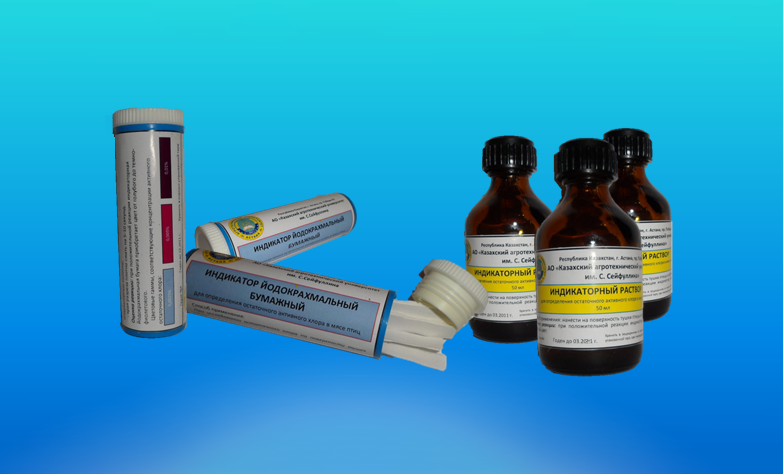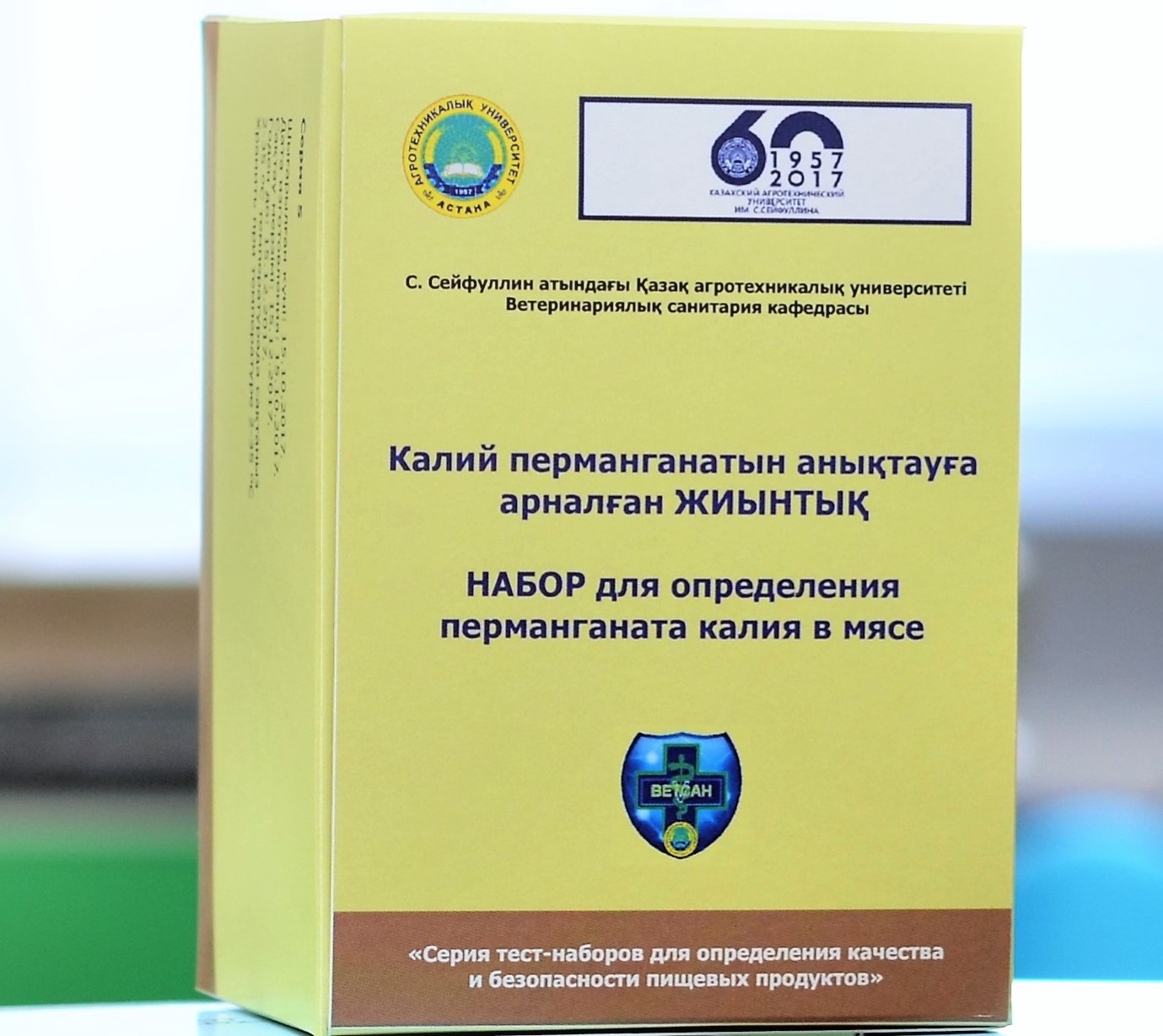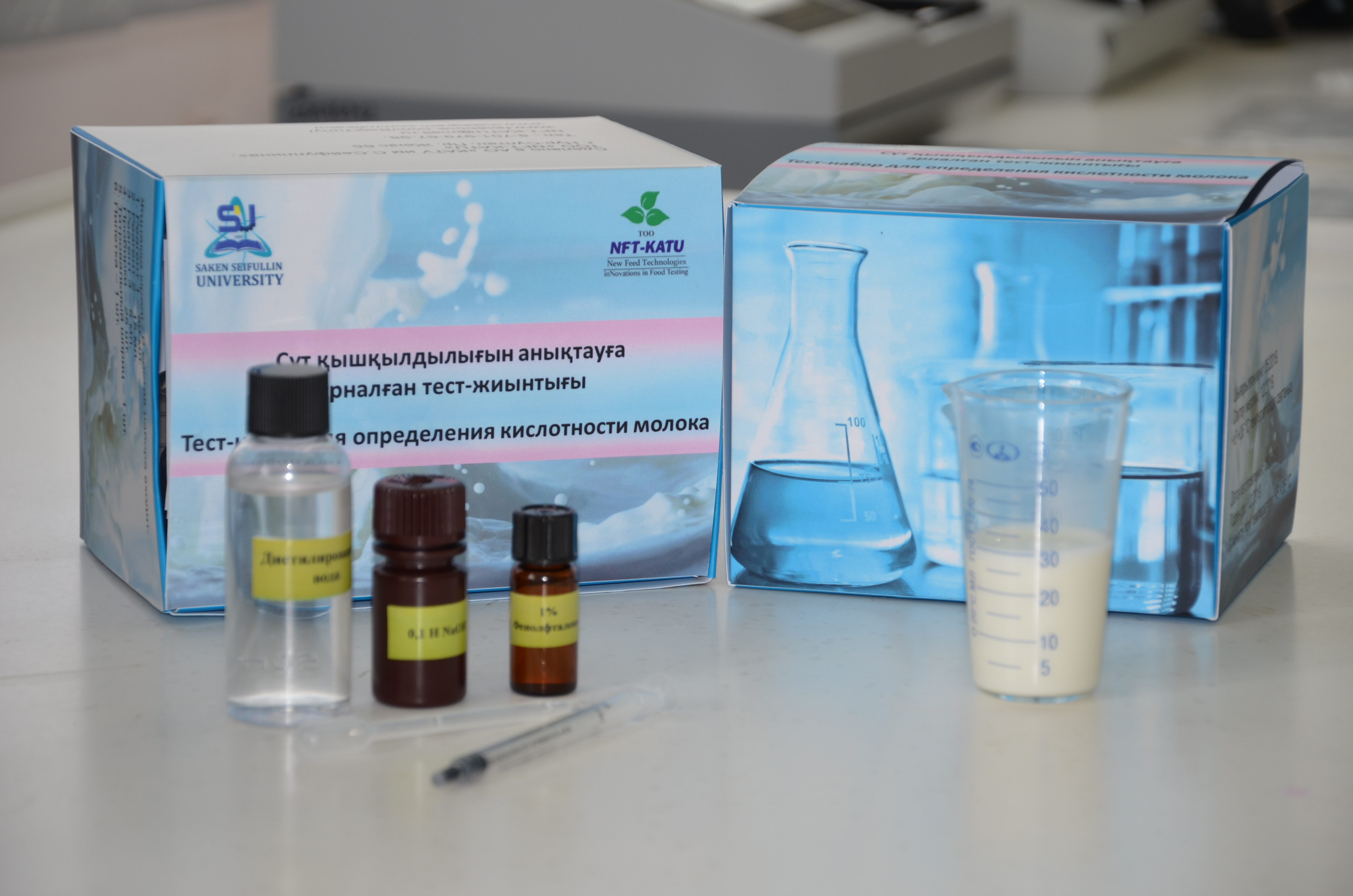
In veterinary and sanitary inspection, a benzidine test or the so-called reaction to peroxidase is known (Pronin V.V., Fisenko S.P., 2016), which is evaluated by the change in the color of the indicator, i.e., it is a qualitative reaction. Based on this reaction, we have developed a quantitative method for determining the degree of freshness of meat by the activity of peroxidase.
The method is applicable in the evaluation of meat obtained from animals that were sick or killed in the agonal state, and also as a method for determining the degree of freshness of meat, since the peroxidase activity also decreases during storage.
The essence of the reaction is that the peroxidase enzyme located in the muscle tissue decomposes hydrogen peroxide to form oxygen, which oxidizes benzidine. In this case, para-quinondiimide is formed, which with under-oxidized benzidine gives a blue-green compound that turns into brown. During this reaction, the peroxidase activity is important. In the meat of healthy animals, it is very active, in the meat of animals that are sick or killed in the agonal state, its activity is significantly reduced. The quantitative determination of the peroxidase activity is determined by measuring the optical density of the resulting extract after this reaction.
The average values of the optical density in determining the activity of peroxidase are presented in Table 1.
Table 1 – Indications of the optical density of the extract when determining the activity of peroxidase
|
№ |
Type of meat |
Degree of freshness |
||
|
fresh |
questionable |
tainted |
||
|
1 |
Pork |
0.3893±0.0067 |
0.248±0.0183 |
0.1763±0.0021 |
|
2 |
Beef, Lamb |
0.676±0.0344 |
0.449±0.0086 |
0.123±0.0028 |
|
3 |
Horse meat |
0.973±0.0674 |
0.9153±0.0248 |
0.288±0.0075 |
The decrease in the optical density in the extract obtained in the reaction to peroxidase is explained by the fact that peroxidase is an oxidation-reduction enzyme, located in the cell nucleus, and active at pH = 6.3-6.4. As it is stored, the peroxidase diffuses into the cell sarcoplasm, its activity is significantly reduced, and then the enzyme is destroyed.
The data is taken from the monograph: Modern aspects of quality control and food safety. Balji Yu.A., Adilbekov Zh.Sh – Saint-Petersburg: Lan, 2019. - 216 p. https://e.lanbook.com/book/116370


